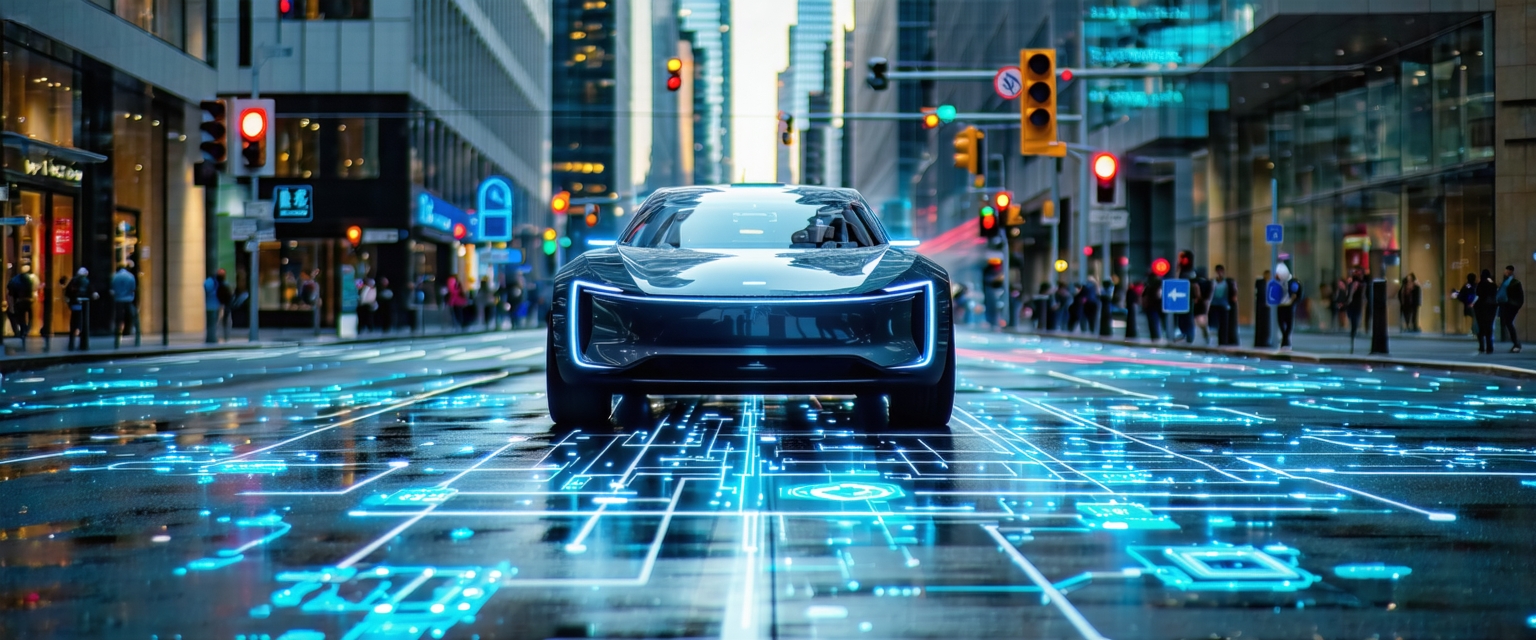






The autonomous vehicle industry is experiencing rapid advancements, with recent breakthroughs significantly impacting the timeline for widespread adoption. New developments in sensor technology and AI are pushing the boundaries of what’s possible.
Fully autonomous vehicles, or self-driving cars, have been a long-term goal for the automotive industry. Progress has been gradual, hampered by challenges in software development, sensor limitations, and regulatory hurdles. Early prototypes often struggled with unpredictable scenarios, leading to skepticism about their safety and reliability.
However, significant investments in research and development, along with breakthroughs in artificial intelligence and machine learning, have dramatically altered the landscape. Companies are now reporting higher success rates in complex real-world driving scenarios.
Recent advancements focus on improving the perception and decision-making capabilities of autonomous vehicles. New sensor fusion techniques combine data from lidar, radar, and cameras to create a more comprehensive understanding of the surrounding environment. This allows for more accurate object detection and classification, even in challenging weather conditions.
Furthermore, advancements in deep learning algorithms are enabling autonomous vehicles to better handle unpredictable situations. These AI models are trained on massive datasets of real-world driving scenarios, allowing them to learn and adapt to a wider range of events.
These advancements are poised to revolutionize transportation, potentially leading to safer roads, reduced traffic congestion, and increased accessibility for people with mobility limitations. The potential economic impact is also substantial, with opportunities for job creation in the autonomous vehicle industry and related sectors.
However, significant challenges remain, including ethical considerations surrounding accident liability and the need for robust regulatory frameworks to ensure safety and public trust.
The future of autonomous vehicles is bright, with ongoing research focused on improving their reliability, scalability, and affordability. Further breakthroughs in AI, sensor technology, and infrastructure development are expected to accelerate the adoption of self-driving cars in the coming years.
Industry experts predict a gradual transition to fully autonomous vehicles, with initial applications likely to focus on specific use cases such as robotaxis and autonomous delivery services before wider deployment on public roads.
“`